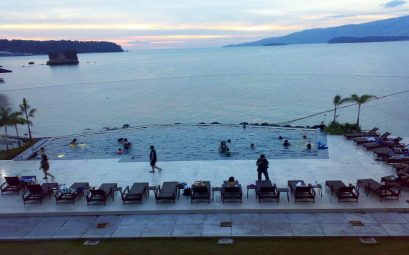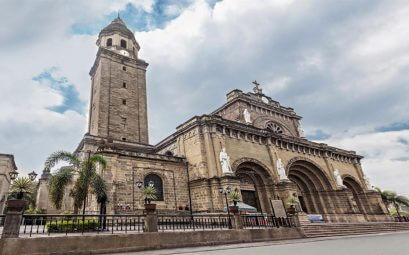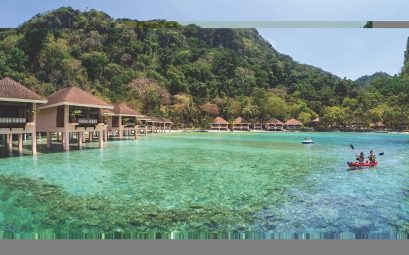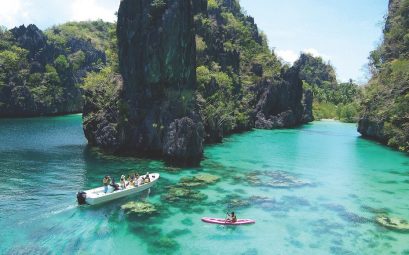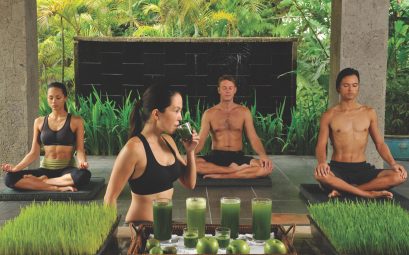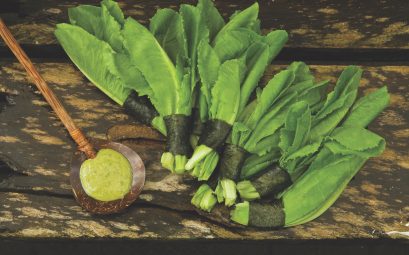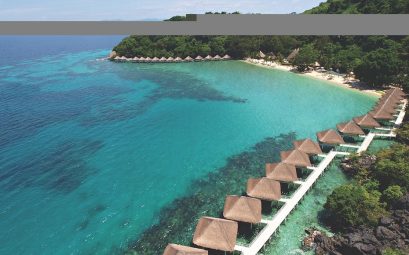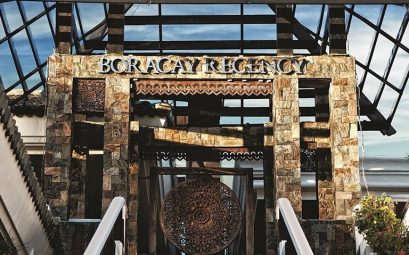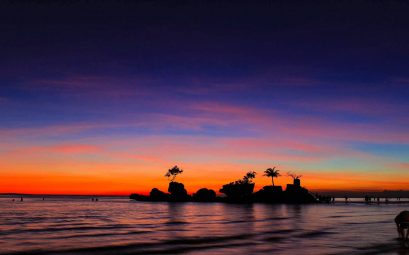Boracay is type of laid back, barefoot, chilled out island paradise where you can spend the entire day sleeping in a sunlounger and dipping your toes in the surf. There is no rush here, it’s made for relaxing and enjoying a slower pace of life. Lee and I found it to be the ideal break from the hectic pace of Manila and a great place to slow down and enjoy ourselves.
We had many perfect days on Boracay – it’s not that hard to do. Here’s what an idyllic day on this island might look like:Head over to the eastern side of the island to catch the sunrise at the famous kitesurfing spot, Bulabog Beach. This side of the island is much quieter and less developed. The sunrise will light up the sky with a fiery orange hue as the rays of the powerful sun flood across the peaceful blue sea.I often prefered to have a liquid breakfast while on Boracay in the form of a refreshing fruit smoothie. There are several fruit smoothie shacks along the length of the beach serving up fresh blends of mango, pineapple, banana and other mouthwatering tropical fruits. A smoothie is healthy and refreshing in the heat and it is quite filling too.As you walk down the beach on Boracay you will notice volleyball nets set up with people playing barefoot in the sand. The games are pretty casual, so someone is likely to invite you to join in. Also, many of the beach resorts will provide beach volleyball equipment such as nets and balls, so ask at the front desk of your resort. It’s a fun and laid back sport and great exercise too.
(If you are as clumsy and uncoordinated as I am, you might just want to sit on the side and watch the game while enjoying a fruit smoothie.)It goes without saying that Boracay offers superb seafood. One of the best places to go for a freshly cooked seafood meal is Talipapa Market, which is located on the main road of Station 2. The way it works is that you choose your fish from the market then the restaurants will cook it and provide other side dishes and drinks. Check out this great guide to having a seafood feast at the market.Of course, you could spend the afternoon just lounging on the beach and no one would hold it against you. That’s how chilled out Boracay is. However, there is also a great selection of watersports activities to enjoy here.
The snorkeling is amazing, as the water is calm and clear and there are an abundance of colourful tropical creatures living beneath the surface. You can take a boat trip to some of the different beaces and reefs around the island. There are also kitesurfing and windsufing rentals available, as well as waterskiing, parasailing and glass bottom boat tours.My favourite time to walk down the length of White Beach was at sunset. This beach faces the west, so it offers a perfect view of the spectacular sunset colours. As I walked along the edge of the water I watched the sun sinking slowly below the horizon and the sky turn shades of peach and lavender while listening to the music from the bars and the sound of people laughing and talking on the beach.When we were in Boracay we dined at Nigi Nigi Nu Noos restaurant, which offered an all you can eat ribs and beer night. For three hours, we could feast on sticky, juicy barbequed ribs and cold beer – which was wonderfully hedonistic. We dined on a table outside, our feet in the sand and a fresh breeze coming in from the ocean. I don’t even want to know how many ribs we ended up scarfing by the end of the night – washed down with delicious chocolate banana rum milkshakes.

